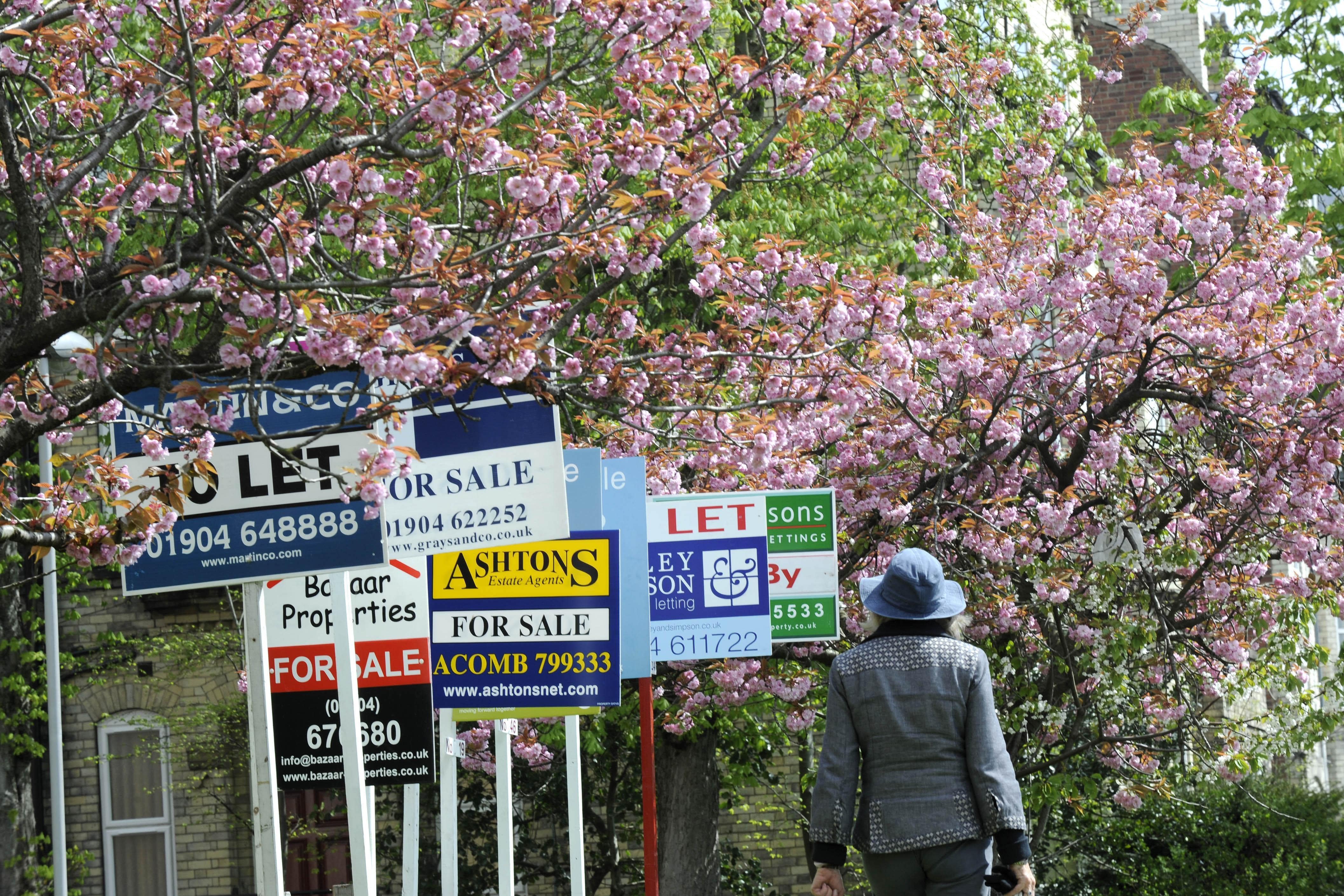Stamp duty desperately needs reform – and here’s how to do it
As stamp duty and council tax rise, Tom Smith from the Tony Blair Institute argues that it’s time for the government to take property tax in hand – and offers solutions on how to reform these institutions that are holding back British growth


This week’s rise in stamp duty and council tax has once again put the UK’s broken property tax system in the spotlight – and for good reason. While these increases may be necessary, given the state of public finances, they highlight just how poorly designed and unpopular these taxes are. If the government is serious about delivering its growth mission, it must do what no government has done in a generation and grasp the nettle of reform.
This week’s stamp duty rise will add to the financial strain on first-time buyers and, for some, may mean they won’t be able to get a foot on the property ladder at all. Anyone purchasing a house worth more than £250,000 will now pay an additional £2,500 in stamp duty as temporary reliefs end. But it’s not just first-time buyers feeling the pinch. Workers hoping to relocate for better job opportunities and older homeowners wanting to downsize are all caught in the same trap. When people can’t move freely, it reduces productivity and stifles economic growth. On average, properties above the stamp duty threshold change hands just once every 26 years – a sign the housing market is gummed up.
Council tax is equally problematic – regressive and outdated. It’s still based on property values from 1991, when Chesney Hawkes was top of the charts with “The One and Only”. House prices have grown at sharply different rates across the country since then, resulting in the absurd situation where some of the poorest areas pay the highest council tax bills. This year, almost half of the households in England will pay more council tax than Buckingham Palace.
Economists largely agree on what needs to be done: scrap both stamp duty and council tax, replacing them with a fairer, annual property tax. But moving to such a system in one go is fraught with challenges. Replacing both taxes with a single proportional tax set at 0.65 per cent of a property’s current value would be revenue-neutral but would increase property taxes for 9.2 million households and reduce them for 4.6 million, with 10.1 million seeing little change. A policy that creates twice as many losers as winners is a difficult sell.

For the asset-rich but cash-poor – those who moved into their homes years ago and have seen their property’s value increase but without a rise in their income – the change would be especially harsh. Properties worth over £1.55m could face annual property taxes of more than £10,000 – more than double current rates. Concerns about this group torpedoed the “mansion tax” proposals in the 2010s – a policy both Labour and the Liberal Democrats included in their 2015 manifestos but subsequently dropped.
Local authorities would also see big changes in their council tax bases. Council tax is the only tax where local authorities have tax-varying powers, but introducing a proportional tax would erode tax bases in less wealthy parts of the country – Blackpool’s council tax base could be cut by nearly two-thirds. This would leave some councils more reliant on central government funding, stripping them of the ability to make meaningful spending choices in their areas.
But just because reform is difficult doesn’t mean it’s unachievable. There are practical, phased solutions that could radically improve the system and address many of its flaws.
First, we should allow households to spread stamp duty payments over 20 years through a government-backed loan. Crucially, any household that moves within 20 years would not have to repay the remainder of the loan, reducing their overall stamp duty bill. This would eliminate the upfront financial penalty on mobility, making it easier for people to move for work, upsize, or downsize in retirement – helping to de-gum the housing market.
Next, we need to replace council tax with a capped proportional levy set at 0.5 per cent of current property values. This levy would have a minimum payment of £1,350 for homes valued under £270,000, ensuring local authorities are sufficiently funded, and a maximum cap of £6,250 for properties worth over £1.25m, preventing the backlash that doomed the mansion tax. This reform would see 12.3 million households – mainly those outside London – benefit from lower council tax bills, while 4.1 million would lose out. With three times as many winners as losers, this reform should be politically attractive. It would create a much fairer system and encourage older homeowners in larger properties to downsize, freeing up the housing market and supporting economic growth.
The UK’s broken property tax system is long overdue for reform. With its large majority, mandate for change, and mission to boost growth, this government has the best chance in a generation to fix it. The question is: will they take it?
Tom Smith is director of economic policy at the Tony Blair Institute for Global Change
Join our commenting forum
Join thought-provoking conversations, follow other Independent readers and see their replies
Comments